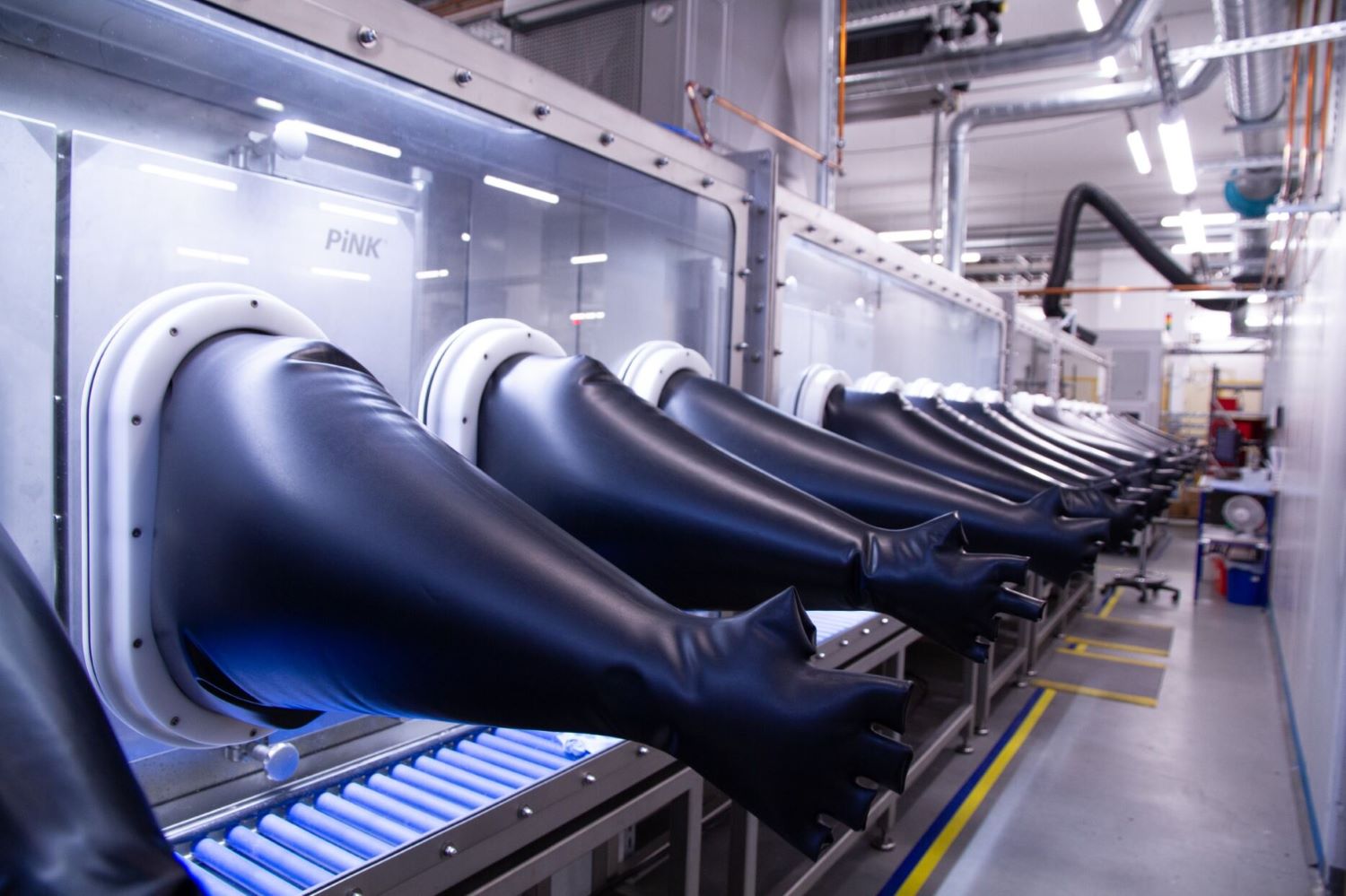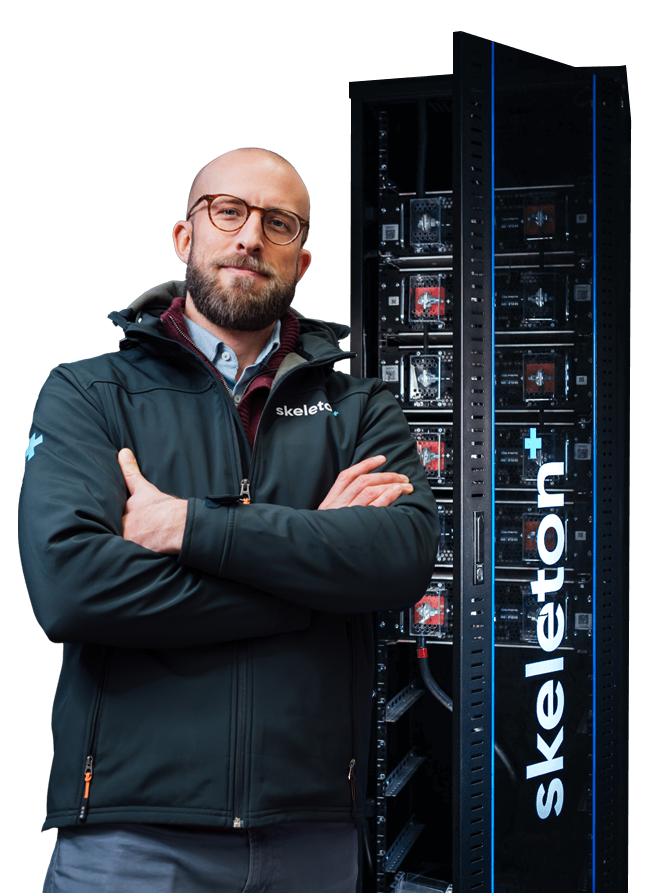
The Vital Role of Electrolytes in Supercapacitors

In the world of energy storage, electrodes often take center stage, commanding attention with their critical roles in capacitive systems. However, there's another silent hero at play – electrolyte. This less-heralded component wields significant influence over performance metrics such as capacity, power density, rate performance, cyclability, and safety. In this exploration, we'll shine a light on the vital role of electrolytes in supercapacitors.
Supercapacitors, also known as electric double-layer capacitors (EDLCs) or ultracapacitors, operate on the fundamental principles of capacitive energy storage. They distinguish themselves from conventional batteries by storing energy through the physical separation of charges at the electrode-electrolyte interface. Here, the electrolyte plays a pivotal role in the formation of an electric double layer, which is the cornerstone of energy storage in supercapacitors.
This mechanism hinges on the adsorption of ions from the electrolyte onto the charged electrodes, creating a double layer responsible for storing energy. What sets supercapacitors apart is the lightning-fast diffusion of ions within the electrolyte to the electrode surface, a key factor behind their exceptional power density.
Supercapacitors often find themselves in demanding environments, exposed to varying temperatures and challenging conditions. Consequently, the stability of the chosen electrolyte formulation becomes paramount, ensuring consistent and reliable performance over time. The process of optimizing electrolyte characteristics for specific applications forms a critical aspect of supercapacitor research and development.
In the case of Skeleton's supercapacitors, the electrolyte is crafted by dissolving organic conductive salts in acetonitrile. The blend of salts and organic solvent facilitates two properties that expedite double-layer formation and enhance high-power performance: high ionic conductivity and low viscosity.
 Electrolyte filling line
Electrolyte filling line
Energy Storage Mechanisms
It's fascinating how significantly the energy storage mechanism of electrolytes differs between batteries and supercapacitors.
Batteries: Batteries store energy through chemical reactions that involve the movement of ions between electrodes. Electrolytes in batteries facilitate these chemical reactions and the flow of ions between the positive and negative electrodes during charging and discharging.
Supercapacitors: Supercapacitors, on the other hand, store energy through the physical separation of charges at the electrode-electrolyte interface, forming an electrical double layer. Electrolytes in supercapacitors enable the movement of ions to the electrode surface, allowing for rapid charge and discharge cycles.
The Dance of Ions: How Supercapacitors Store Energy
To truly understand the importance of electrolytes in supercapacitors, let's walk through the six key steps in their energy storage process:
Step 1: Initial State
In the discharged state, the supercapacitor has a balanced distribution of positively and negatively charged ions within the electrolyte solution. The electrolyte serves as a medium that ionically connects the two electrodes in the supercapacitor.
Step 2: Charging
When a voltage is applied to the supercapacitor, one of the electrodes becomes positively charged, while the other becomes negatively charged. This voltage difference creates an electric field that influences the ions in the electrolyte.
Step 3: Ion Migration and Formation of Double Layer
As a result of the applied voltage, the positively charged ions in the electrolyte are attracted to the negatively charged electrode, and the negatively charged ions move toward the positively charged electrode. This migration of ions is driven by Coulombic forces. Importantly, these attracted ions do not form chemical bonds with the electrodes, but instead, they are loosely associated with the electrode surfaces. This accumulation of ions at the electrode-electrolyte interface leads to the formation of an electrostatic double layer.
Step 4: Double-Layer Formation
The double-layer formation takes place specifically at the boundary between the electrode and electrolyte. This double layer consists of a region where the charge distribution transitions from the electrode's surface into the electrolyte. It is crucial that the properties of the active materials (electrodes) and the electrolyte are carefully tailored to ensure efficient double-layer formation.
Step 5: Charged State
In the fully charged state, a standard distribution of positively and negatively charged ions remains in the bulk of the electrolyte. However, at the electrode surfaces, the electrostatic double layer is well-formed, and energy is stored in this configuration.
Step 6: Discharging
During the discharging process, the voltage across the supercapacitor decreases, causing the attracted ions at the electrode surfaces to be released back into the bulk of the electrolyte. This simultaneous release of ions results in a reduction of the charge layers at the electrode surfaces, and electrical energy stored in the double layer is discharged, providing electrical power to external devices or systems.
In conclusion, while electrodes undoubtedly take center stage in the realm of supercapacitors, the often-overlooked electrolytes are the unsung heroes that make rapid charge and discharge cycles possible. These vital components ensure stability, reliability, and performance in supercapacitor technology, ultimately contributing to the development of more efficient and sustainable energy storage solutions. As we continue to explore the frontiers of energy storage, let's not forget to acknowledge the crucial role played by these unassuming yet indispensable electrolytes.





